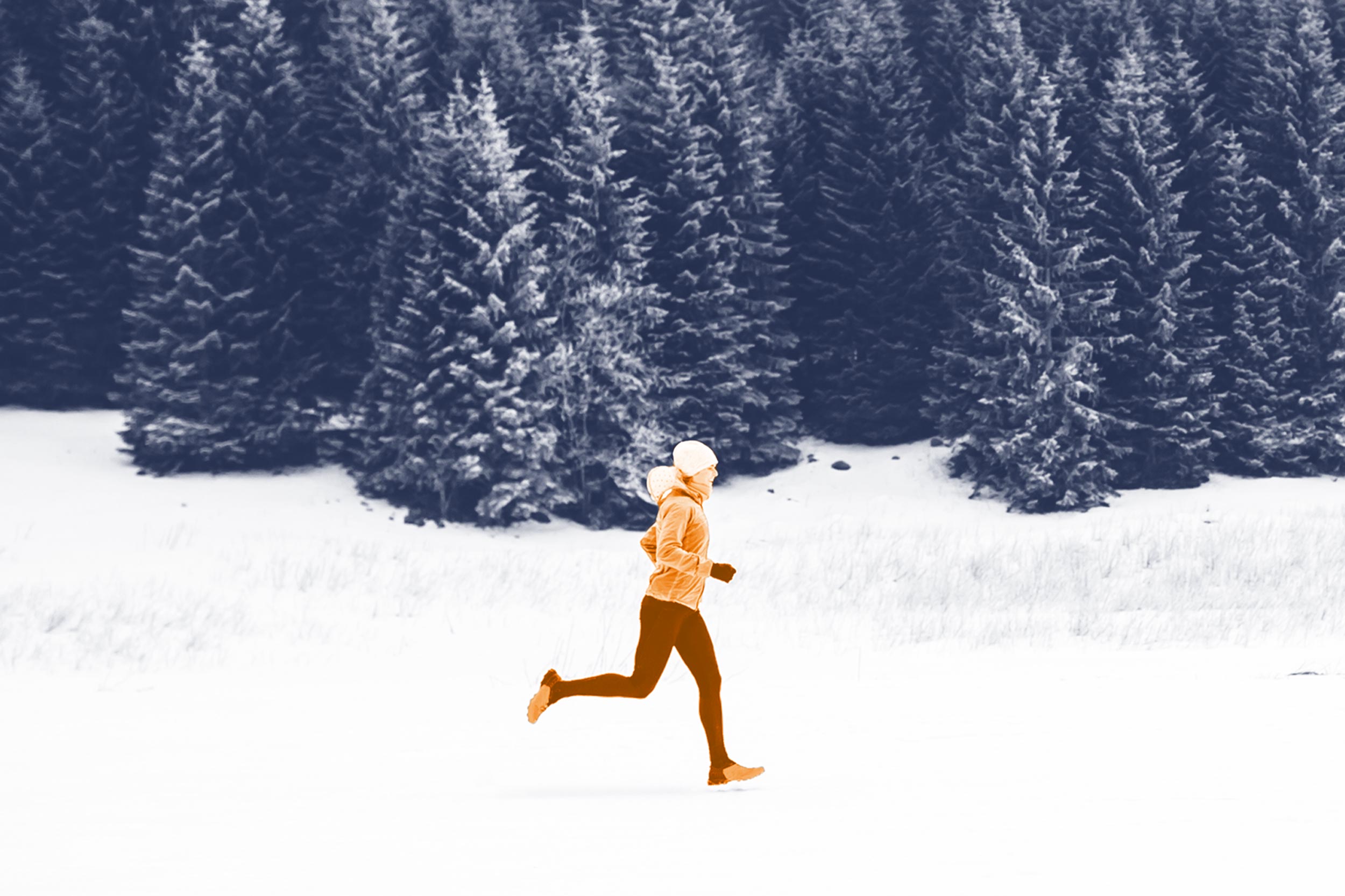Not only is moving your body physically healthy, it’s a mood-lifter, Perkins said. It can also help you fight off viruses that are more common in the winter when people are inside together for long periods of time.
“Don’t lose sight of the benefits of exercise,” she said. “Often times, if we stop exercising, we exacerbate the things that will make us unwell.” It doesn’t take a full-out workout to get that endorphin rush.
Winter Is a Beautiful Time of Year for Being Outside, With Fewer Varmints
Perkins suggests looking at winter differently. “If you’re used to working out in the morning or after work, maybe you shift it to lunchtime so you can go outside and get some sunlight as long as you’re wearing the right kinds of gear to trap your body heat,” she said.
Outdoor winter views are also very different because there are no leaves on the trees.
“You can see things that you normally don’t get to see in the summertime, and you don’t have to worry about all the bugs and the snakes and poison ivy and things like that in the wintertime,” Perkins pointed out. “Sometimes being out in nature in the winter is a little bit more appealing.”
Reframe the Way You Look at Exercise and Working Out
“People have a picture or a notion in their mind about what they must accomplish for it to be ‘exercise,’” she said. “In reality, it really does boil down to moving your body. It’s just movement for more than five minutes.”
The Centers for Disease Control and Prevention recommends adults get 150 minutes of exercise each week. Perkins says you can pick and choose how to reach that goal.
“You can do 10 or 15 minutes a couple of times throughout the day and that will help maintain your fitness levels, so you don’t take any step backward during the winter,” she said.
Cleaning the house or walking with a friend “can be exercise and be accumulated as opposed to one big bout of doing it all at once.”
You can even take a seasonal approach, she said, and designate the winter months as a time when you plan to maintain your physical health by doing things like walking and squeezing in a few sets of lunges throughout the day, say, between meetings or before going to bed.
Buddy Up
Perkins said she’s a huge proponent of the buddy system and she doesn’t just mean meeting a friend at the gym, although that is a good option.
“If there’s a meeting you can be on that does not require you to be reviewing documents or being on camera, take that phone call and go walk outside,” she said. “If you need to catch up with a friend or a family member, get on the phone and walk outside or go find a location where you can walk inside if the weather is bad.”
Perkins said getting those steps in could be as easy as walking up and down the stairwell while you’re on a call.
“Having someone who you are either accountable to for a workout or having someone to talk to while you’re exercising can really make the time go by and make you feel like you’re not really doing a painful workout.”






